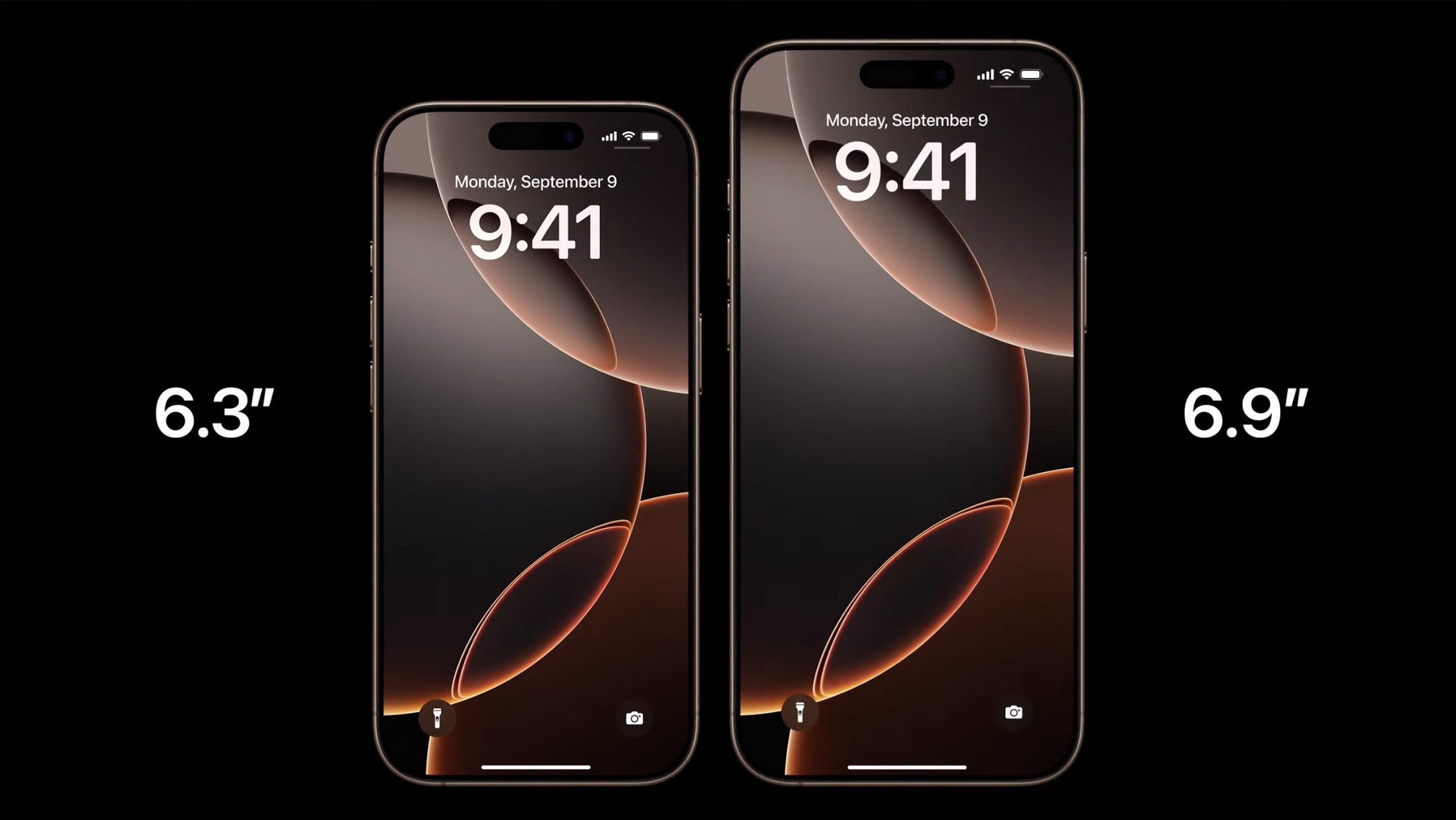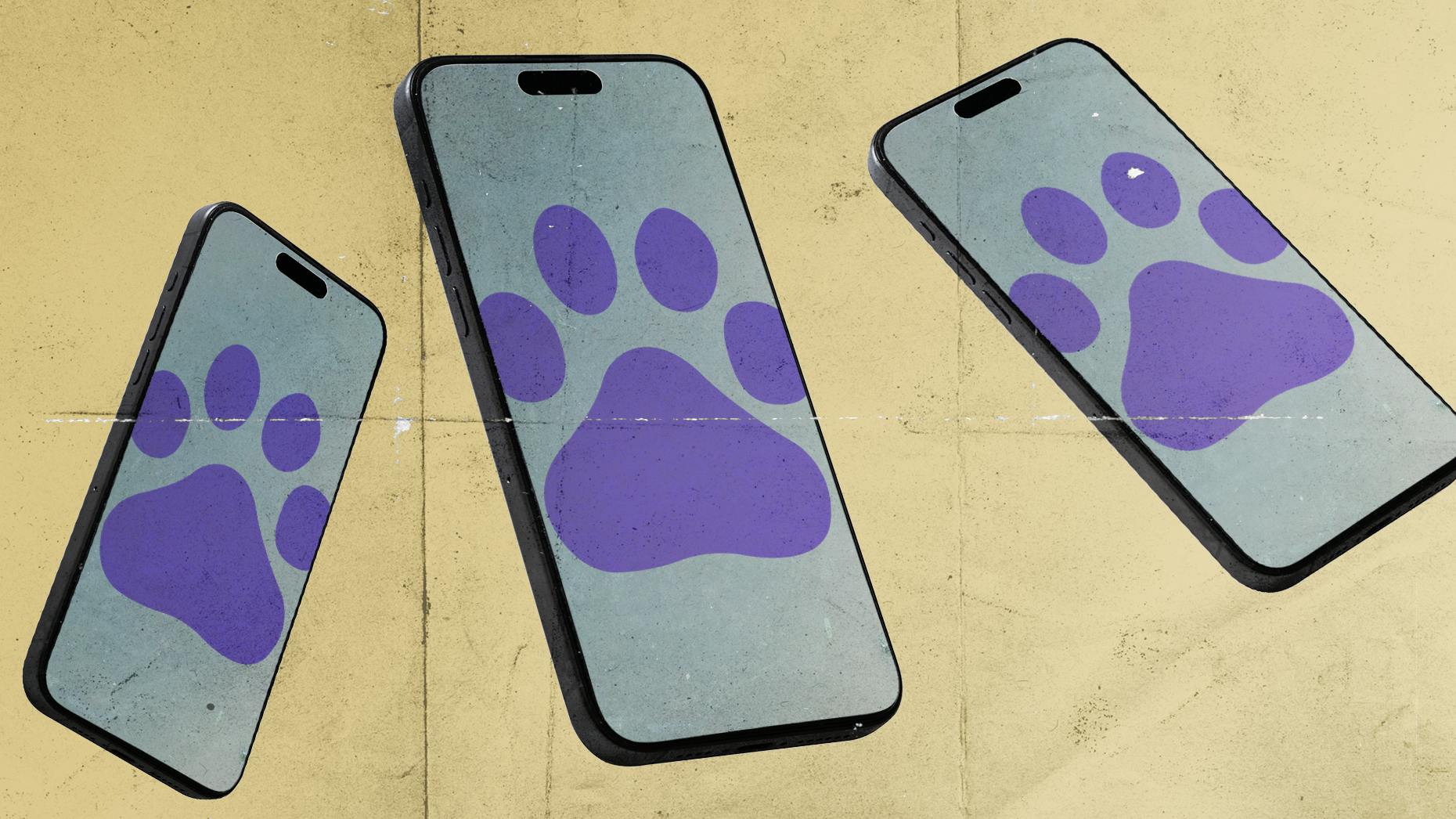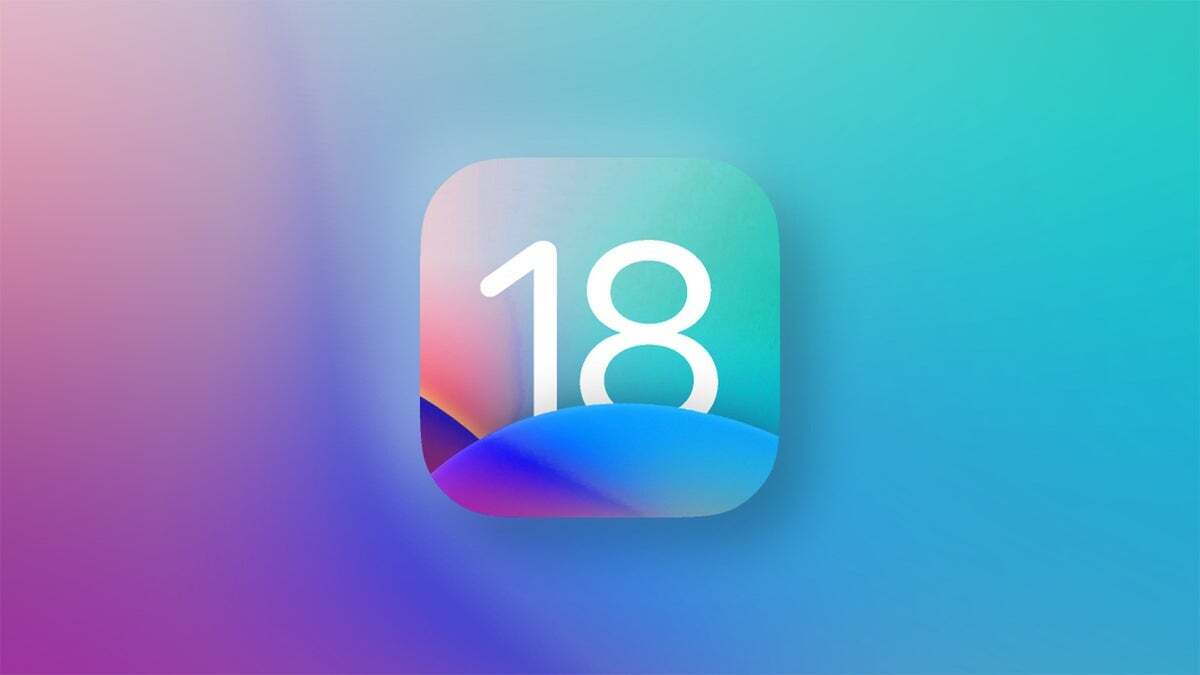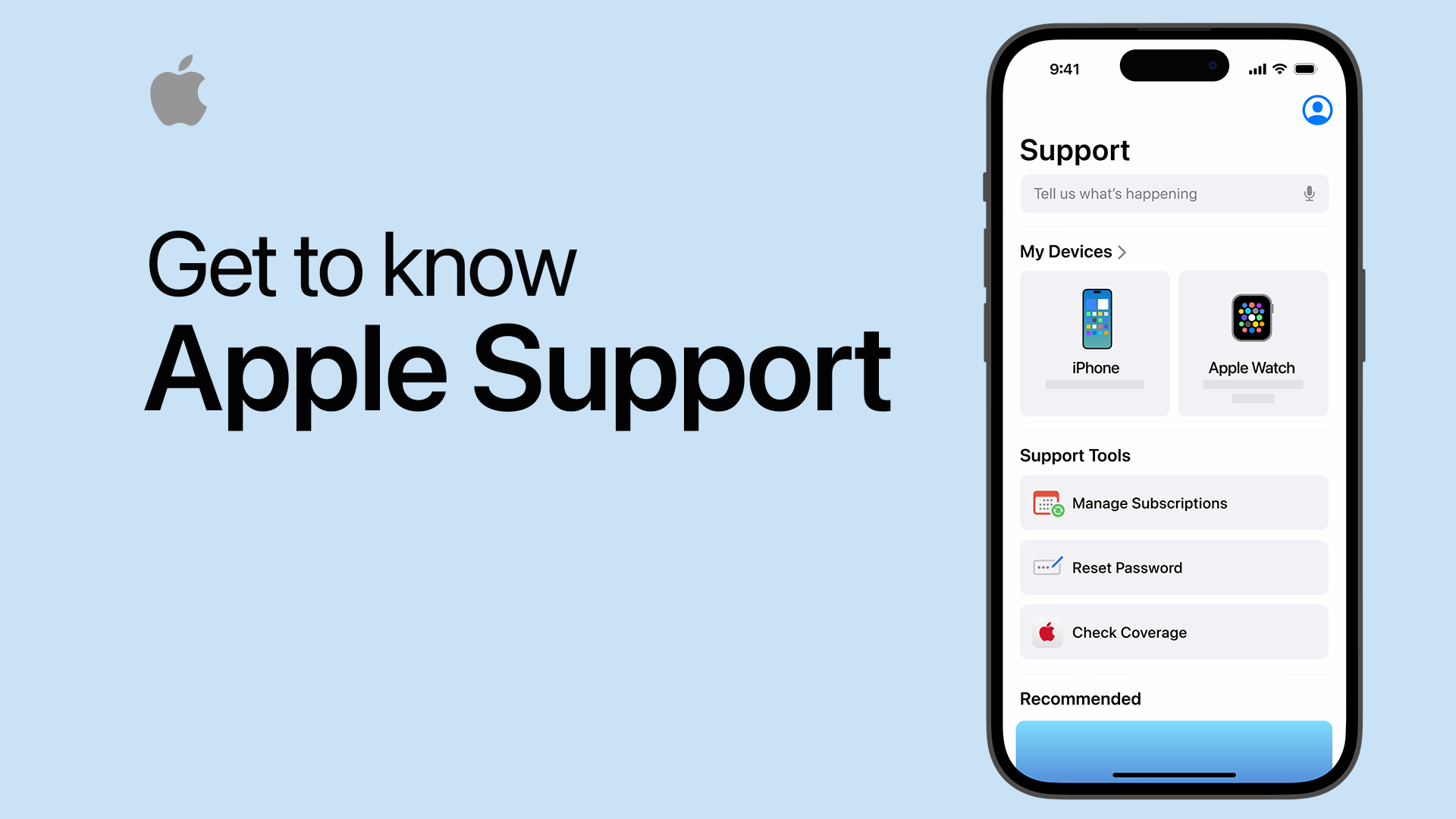
Exploring the Evolution and Impact of the iPhone – A Journey Through Innovation
The iPhone has fundamentally changed the way we communicate, interact, and engage with technology. From its initial launch in 2007 to the latest models available today, the iPhone represents not just a smartphone but a cultural phenomenon that continues to shape our daily lives.
IPhone

The iPhone is more than just a device; it’s a symbol of innovation and progress within the tech landscape. Apple’s flagship product has redefined what we expect from mobile devices, setting standards that other manufacturers strive to meet. With each new release, the expectations grow higher, pushing the boundaries of technology further and inspiring countless developers, designers, and dreamers around the world.
With a focus on user experience, design aesthetics, and powerful capabilities, the iPhone has evolved into a multi-functional tool that can handle everything from productivity tasks to entertainment needs. This section delves deeply into the history, features, and impact of the iPhone, examining how it reshaped not only personal devices but also various industries.
The Revolutionary Launch of the IPhone
When Steve Jobs introduced the first iPhone in January 2007, nobody could have predicted the magnitude of its influence. The device combined a phone, an iPod, and an internet communicator into a single handheld gadget.
This revolutionary approach quickly captured public imagination. With a sleek design and intuitive touchscreen interface, it changed the perception of smartphones from utilitarian tools to lifestyle accessories. The introduction of the App Store in 2008 marked another pivotal moment, creating an ecosystem where developers could thrive, offering millions of applications that cater to every conceivable need.
Moreover, the iPhone has consistently pushed the envelope regarding hardware and software integration. The introduction of Retina displays, advanced camera technology, and the A-series chips for enhanced performance exemplifies Apple’s commitment to continuous improvement. Each model builds upon the last, integrating feedback and technological advancements, making the iPhone an ever-evolving product.
Key Innovations in the IPhone Series
Each iteration of the iPhone has brought significant innovations that have set it apart from competitors. One of the most crucial advancements was the introduction of Face ID, which replaced Touch ID for secure unlocking. This feature not only enhanced security but also provided a seamless user experience.
Another hallmark of the iPhone‘s evolution is its camera. From the first basic camera in the original model to the sophisticated multi-lens systems capable of professional-quality photography today, the focus on imaging technology reflects changing consumer preferences. The rise of social media platforms has turned mobile photography into a vital aspect of daily life, wherein having a high-quality camera readily available is almost a necessity.
Furthermore, the push towards sustainability in recent years is noteworthy. Apple has made significant strides in using recycled materials and improving energy efficiency across their product lines. This shift represents a growing awareness of environmental responsibility within the tech industry, encouraging consumers to consider eco-friendly practices in their purchasing decisions.
IPhone’s Cultural Impact
The iPhone has transcended its role as merely a communication device; it has become a cultural icon. It has influenced fashion, social interactions, and even language. The term “iPhone” itself has become synonymous with premium smartphone technology.
Social media trends often revolve around iPhone users, with many influencers and brands leveraging the device’s capabilities for content creation and marketing strategies. In essence, it has crafted a unique subculture centered around mobile technology, leading to a form of digital expression that pervades everyday life.
Moreover, the iPhone has played a critical role in shaping the gig economy. Applications developed for the platform empower individuals to start businesses, offer services, or promote their art and products globally. This democratization of entrepreneurship reflects a significant societal shift, illustrating how the iPhone has revolutionized economic opportunities.
Tech Industry
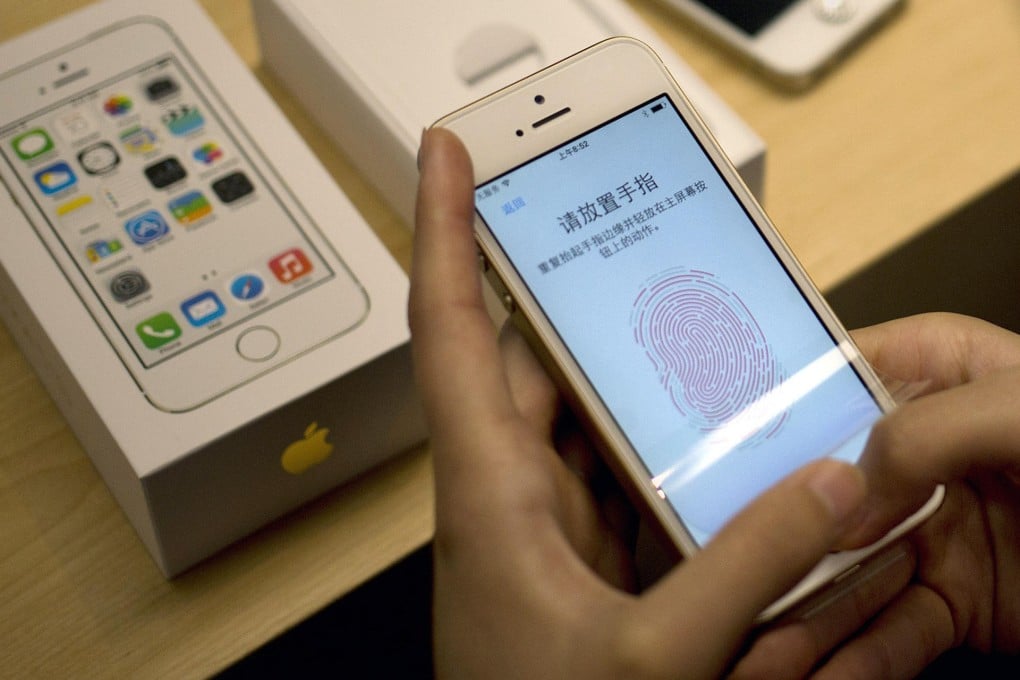
The tech industry owes much of its current structure and evolution to innovations triggered by the introduction of devices like the iPhone. This section will explore the broader implications for the tech landscape, examining market dynamics, competitive strategies, and future directions influenced by this groundbreaking device.
As companies strive to innovate while maintaining profitability, the way they approach technology development is continually evolving. The rise of smartphones initiated a shift towards mobile-first strategies, affecting not only hardware design but also software development and service delivery.
The Shift to Mobile-First Strategies
The advent of the iPhone signaled a dramatic shift towards mobile technology. Companies realized that consumers were increasingly accessing the internet via smartphones rather than traditional desktop computers. This transition compelled businesses to rethink their digital presence, focusing on mobile optimization and app development.
Mobile-first strategies emphasize the importance of user engagement through portable devices. Websites and applications had to adapt to smaller screens and touch interfaces, creating a new paradigm for user experience design. Consequently, industries such as e-commerce, banking, and entertainment have flourished, providing services tailored specifically for mobile audiences.
Companies now invest heavily in mobile technology and digital marketing strategies to ensure they capture the attention of consumers who are perpetually on-the-go. The ability to sell directly through apps has transformed retail and advertising, making the smartphone a central element of consumer behavior.
Competitive Dynamics in the Tech Industry
The introduction of the iPhone dramatically altered competitive dynamics within the tech industry. It forced existing players to innovate rapidly to keep pace while enabling new entrants to emerge. Competitors like Samsung and <a href="https://betopixs.com/tag/Google/”>Google have developed their own flagship devices to challenge Apple’s dominance, each introducing unique features and innovations.
This competition has fostered a culture of rapid advancement, where companies must continually release updates and new models to attract consumers. Market saturation means that distinguishing one’s product becomes increasingly challenging, compelling brands to explore new niches or focus on emerging technologies like AI, augmented reality, and health tracking.
Additionally, collaborations and partnerships have become more common as companies seek to share expertise and resources. For instance, collaborations between smartphone manufacturers and app developers lead to unique offerings that enhance user experience, illustrating the interconnectedness of technology sectors.
The Influence of the IPhone on Global Markets
The ripple effect of the iPhone extends beyond individual consumers and companies; it has influenced global markets in profound ways. The demand for smartphones has driven up component manufacturing, impacting supply chains worldwide.
This growth has led to job creation in various sectors, from electronics manufacturing to software development. Regions traditionally known for heavy industry have adapted to the tech-driven economy, fostering new skills and talents among the workforce. Countries like China, South Korea, and India have seen explosive growth in tech-related jobs, underscoring the iPhone‘s influence on global labor markets.
Furthermore, the iPhone has contributed to the rise of new business models, such as subscription services and app-based economies. It has reshaped how people consume content, paving the way for streaming services and on-demand media consumption. As the demand for seamless experiences increases, businesses must adapt their models to align with changing consumer preferences, driving continuous innovation.
The Future of the Tech Industry Post-IPhone
Looking ahead, the tech industry is poised for continued transformation as the legacy of the iPhone drives the next wave of innovation. Emerging technologies, such as artificial intelligence, Machine learning, and 5G connectivity, promise to redefine what smartphones can achieve and how they integrate into our lives.
As technology advances, privacy and security concerns will also continue to shape industry practices. Consumers are becoming more aware of data protection issues, prompting companies to prioritize secure operations and transparent policies. The expectation for ethical technology usage will drive innovation toward more responsible practices.
Moreover, the convergence of technology sectors—such as wearables, home automation, and automotive tech—will create new opportunities for collaboration. The potential for cross-industry innovation suggests that the tech landscape will evolve in unexpected ways, fueled by the foundation laid by the iPhone.
Conclusion

In conclusion, the iPhone has had a monumental impact on both personal technology and the larger tech industry. Its revolutionary design, innovative features, and cultural significance have set new benchmarks for smartphones and influenced other industries significantly. The ongoing evolution of the iPhone signifies the relentless pursuit of progress within the tech sector, while also emphasizing the need for adaptability in an ever-changing landscape.
As we look to the future, it remains clear that the iPhone will continue to inspire innovation, shape consumer behaviors, and redefine the possibilities of mobile technology. The path ahead is filled with exciting prospects, all stemming from a device that changed the world.
